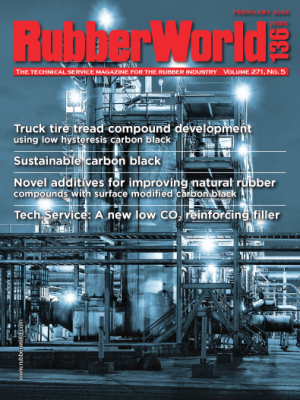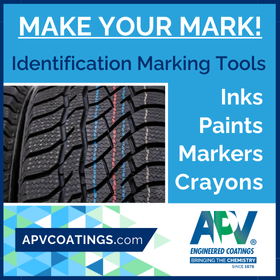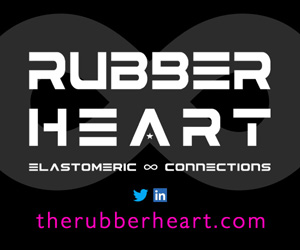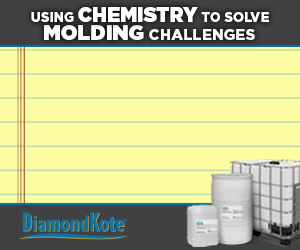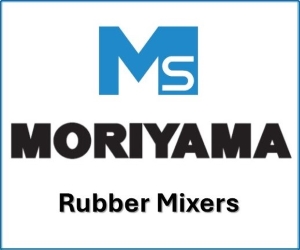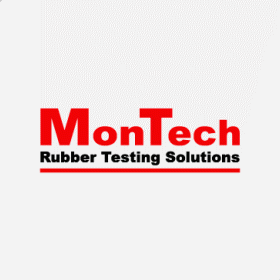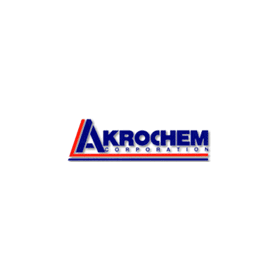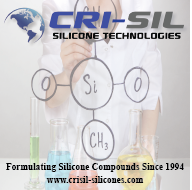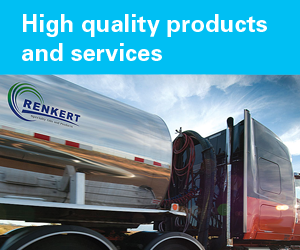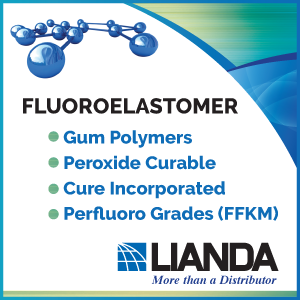Today's News
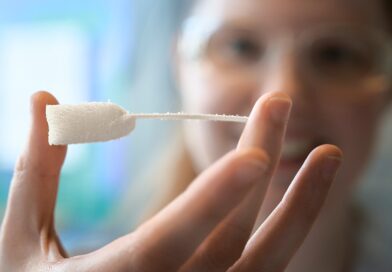
Polyurethane with shape memory: From foil to foam
Researchers at the Fraunhofer Institute for Applied Polymer Research IAP have developed a foil that changes into polyurethane foam (PU foam) when heated – entirely without health risks. The foil allows for isocyanate-free foaming, thus improving workplace safety. Additionally, it offers logistics advantages for storage and transportation. The material can be customized for various applications ranging from the automotive and construction industries to packaging.
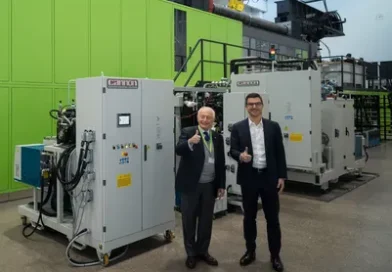
Engel and Cannon announce partnership for the advancement of PUR flooding
ENGEL and CANNON, a world leader in the mixing and metering technology for reactive processes such as polyurethane or RTM, have entered a strategic partnership. The aim of this cooperation between two strong partners is to further develop innovative technologies for PUR flooding and enable industrial applications with even higher quality and efficiency.
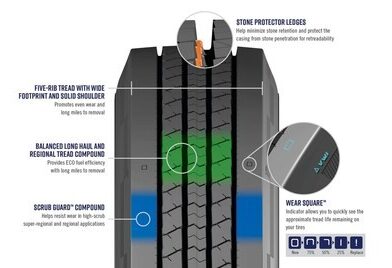
Goodyear announces Cooper Work Series regional haul all-position tire
The Goodyear Tire & Rubber Company announced the new Cooper® WORK Series™ Regional Haul All-position (RHA) 2 tire for super-regional and regional all-position commercial vehicle applications. The new Cooper WORK Series RHA 2 is SmartWay* verified and offers long miles to removal and even-wear for the growing super-regional commercial vehicle category.

GRI announces the appointment of Dr. Tharindu Atapattu as chief executive officer
GRI announced the appointment of Dr. Tharindu Atapattu as the next Chief Executive Officer, ushering in a dynamic new chapter for the company. With an career spanning over 20 years of exceptional leadership experience, he has demonstrated expertise in financial strategy, business turnarounds, and value-driven growth across multinational corporations, Fortune 500 brands, and leading local enterprises.

L.S. Starrett Co. has appointed four new executives to its global organization
The L.S. Starrett Co. has appointed four new executives to its global organization, further strengthening its corporate management at the highest levels. Starrett welcomes Mr. Roger N. Amrol, Jr. as President and Chief Executive Officer (CEO), Mr. Barry D. Laughlin as Chief Operating Officer (COO), Mr. Allen E. Look as Global Chief Information Officer (CIO), and Mr. Jon-Michael Raymond as Chief Revenue Officer (CRO). The new executives will be based out of Starrett corporate headquarters in Athol, MA, bringing a wealth of manufacturing industry experience, leadership and skills to Starrett as the company focuses on continuous improvement, growth and innovation.
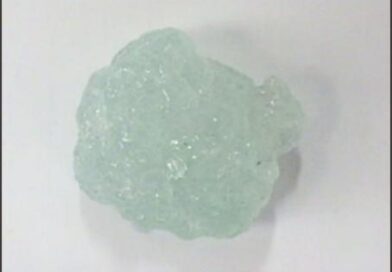
Zeon and Yokohama Rubber installing bench facility for production of butadiene from ethanol derived from plants
Zeon Corporation and The Yokohama Rubber Co., Ltd. announced that they have agreed to establish a bench facility to demonstrate technology for producing butadiene from ethanol derived from plant-based and other sustainable materials with high efficiency. The facility will be installed at Zeon’s Tokuyama Plant (Shunan City, Yamaguchi Prefecture) and is scheduled to begin operating in 2026. It will enable the production of a certain amount of butadiene and facilitate the collection of various data that will be used to establish mass production.
Featured Articles
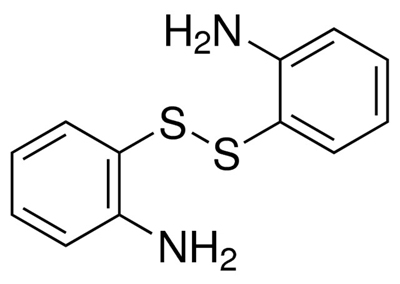
APDS: Novel additives for improving NR compounds with surface modified carbon black
Aminophenyl disulfides (APDS) are easier to handle and benefit even higher performance elastomers in combination with surface modified carbon blacks.
Mixing
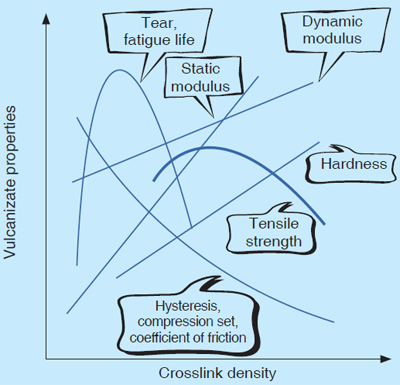
Utilization of AI driven solutions for rubber compound formulation: A practical approach
The integration of artificial intelligence (AI) into various industrial sectors has spurred remarkable progress in the field of manufacturing process development. This concept has been extended to polymer compound formulations, where AI techniques have been used to optimize rubber formulations as well. Furthermore, it is conceivable that mixtures of other polymers, such as TPEs, thermoplastic materials or polyurethane compounds, could be similarly treated. Advantages of employing AI driven tools include reduced development time, enhanced efficiency and increased accuracy.
Chemicals and Materials
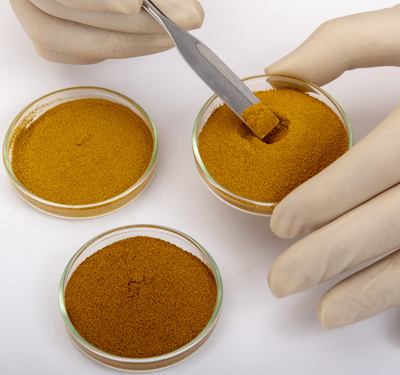
Lanxess expands Scopeblue micronized yellow pigments with a reduced carbon footprint
LANXESS will offer a highly sustainable variant of its Bayferrox iron oxide yellow pigment in the future. The pigments marketed under the company’s own Scopeblue label have a significantly reduced carbon footprint thanks to the use of more eco-efficient raw materials. This reflects the growing awareness of the raw material product carbon footprint (PCF) in the paint and coatings industry and the resulting demand for sustainably manufactured pigments.
Extrusion

Enhancing extruded automotive door seals
Friction induced noise in automotive door seals is mitigated with highly durable water-based coatings having a low coefficient of friction.
Silicone & Medical

U.S Medical Glove launches advanced glove-making machine in Illinois
U.S. Medical Glove Company is making history with the launch of the most advanced glove-making machine in the world. This state-of-the-art technology is revolutionizing self-reliance and reindustrializing American manufacturing, setting a new benchmark for efficiency, precision, and scalability.
Housed at their Harvard, IL facility, this groundbreaking machine represents a major leap forward in domestic production.
Oil, Gas & Energy
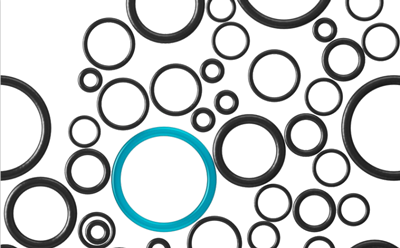
Advanced perfluoroelastomers: The preferred sealing solution for oil and gas
The technology for sealing has considerably advanced since it was first developed in the late 1800s. It is crucial to
Testing & Instruments
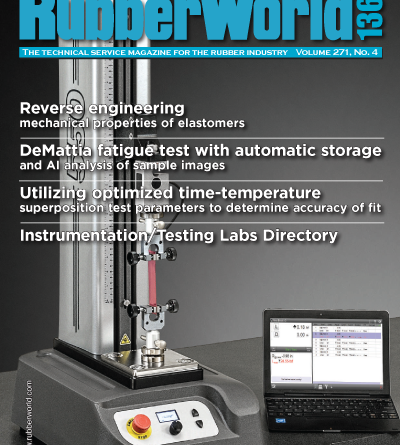
January 2025
The January 2025 issue of Rubber World is now available online. In this issue we cover the following topics for Testing
Molding

Maximizing mold utilization: The case for semi-permanent release agents
By varying the microstructure of a mold coating, it is possible to influence the surface appearance of a rubber part.
Thermoplastic Elastomers & Urethanes
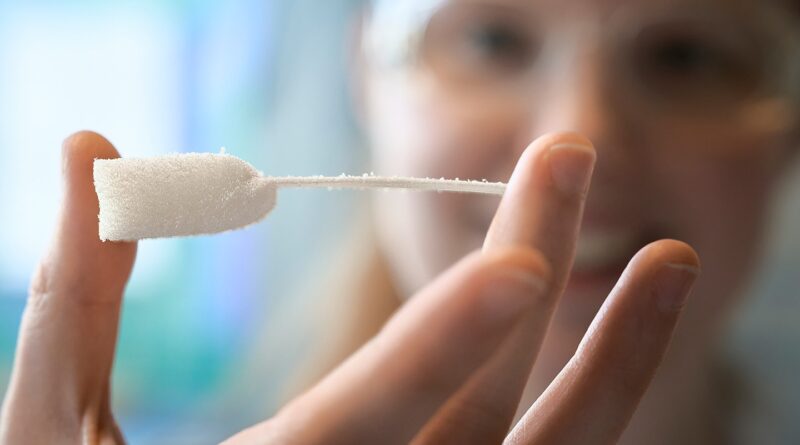
Polyurethane with shape memory: From foil to foam
Researchers at the Fraunhofer Institute for Applied Polymer Research IAP have developed a foil that changes into polyurethane foam (PU foam) when heated – entirely without health risks. The foil allows for isocyanate-free foaming, thus improving workplace safety. Additionally, it offers logistics advantages for storage and transportation. The material can be customized for various applications ranging from the automotive and construction industries to packaging.
Latex and Natural Rubber

U.S Medical Glove launches advanced glove-making machine in Illinois
U.S. Medical Glove Company is making history with the launch of the most advanced glove-making machine in the world. This state-of-the-art technology is revolutionizing self-reliance and reindustrializing American manufacturing, setting a new benchmark for efficiency, precision, and scalability.
Housed at their Harvard, IL facility, this groundbreaking machine represents a major leap forward in domestic production.
The February Issue of Rubber World
Sponsored by:
This issue focuses on
Carbon Black, Silica & Material Fillers
The issue is available online to our subscribers via our digital edition.
To subscribe, click here. For advertising information click here.





